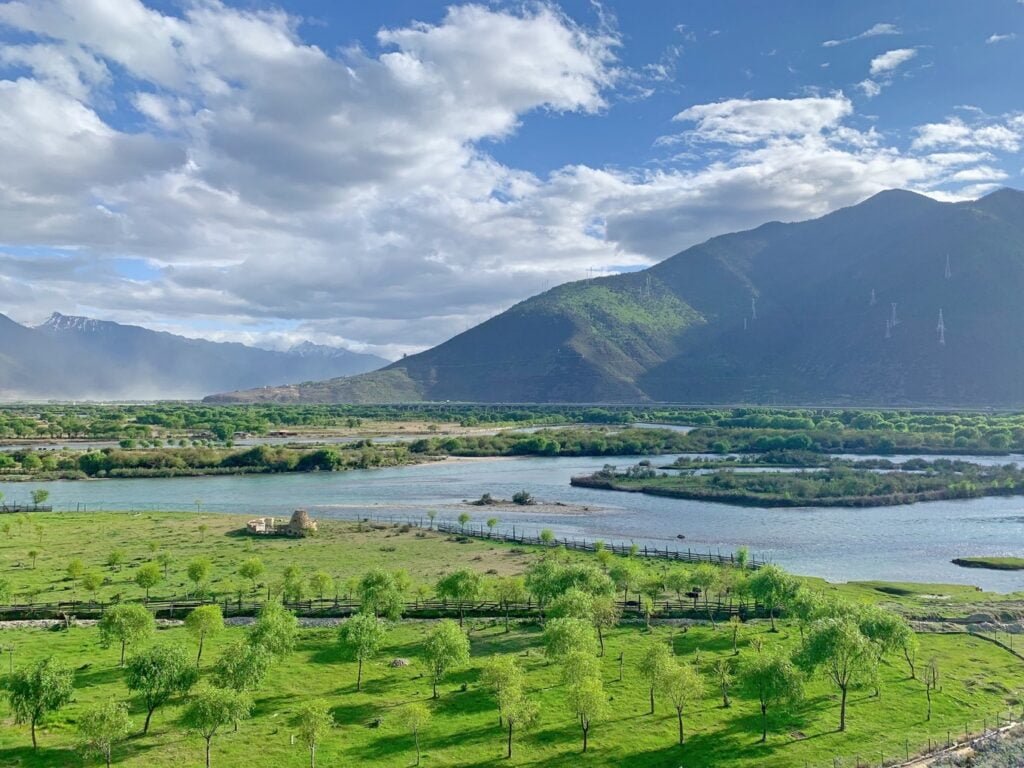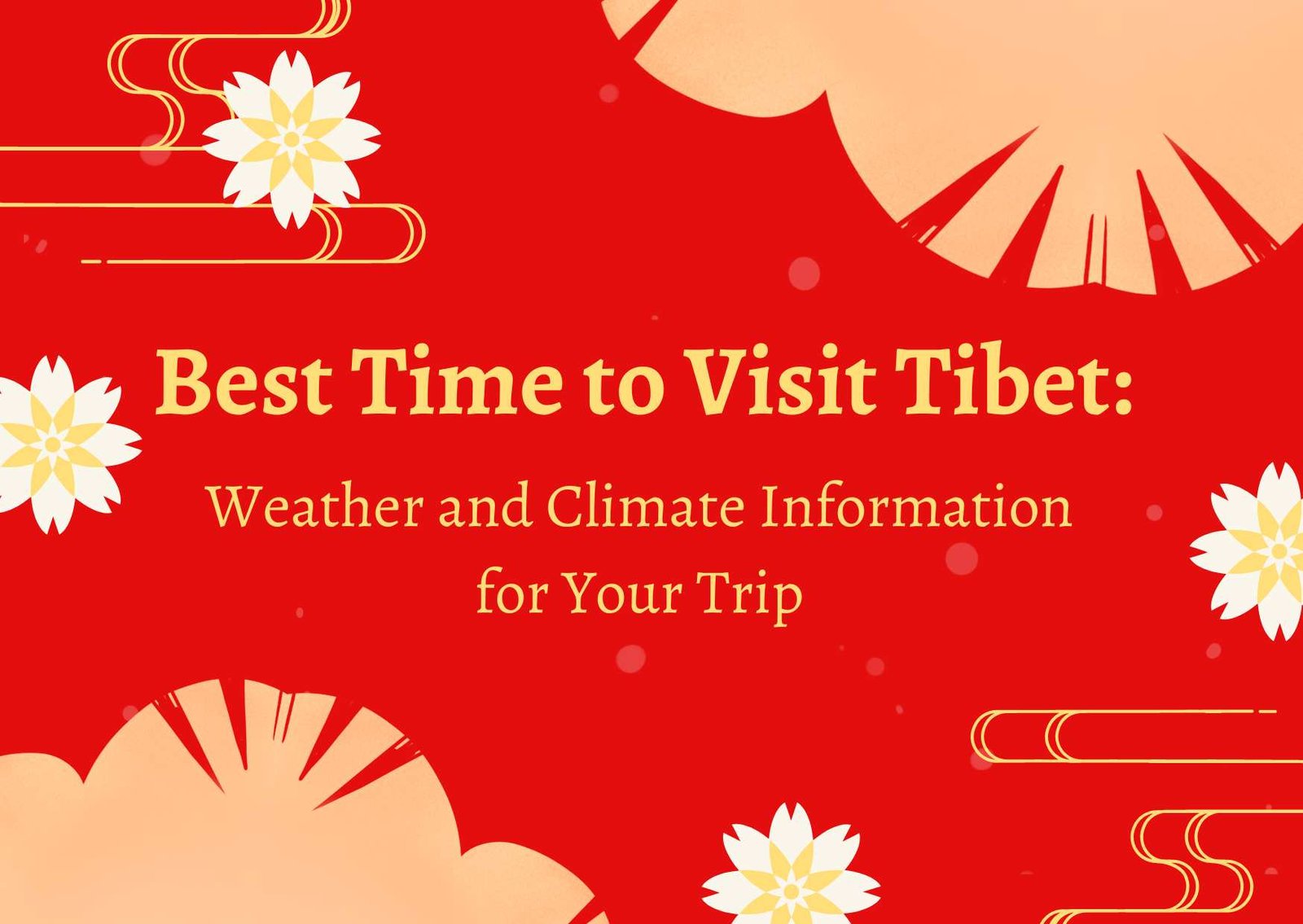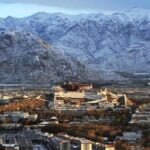The weather in Tibet is milder than expected, particularly for travel between April and November. The most optimal time being August and September. For accurate weather and temperature information for your trip to Tibet, please consult weather conditions. Tibet experiences varying climates from southeast to northwest, with significant temperature fluctuations throughout the day. Summers are refreshing, while winters are not excessively cold due to ample sunlight. The majority of annual rainfall occurs during the rainy season, which spans from June to September and accounts for 90% of the year. Typically, rainfalls occur at night in Lhasa, Shigatse, and Chamdo.
Discover the Best Time to Visit Tibet: A Seasonal Guide
Embarking on a journey to Tibet, a land of breathtaking landscapes and profound cultural richness, involves careful timing to fully embrace its beauty and traditions. Tibet welcomes visitors year-round, offering distinct experiences each season. Let’s dive into the best times to visit Tibet, ensuring your adventure is as magical as the destination itself.
Spring in Tibet: March to May
As winter’s chill gives way to milder temperatures, spring emerges as a wonderful time to explore Tibet. What to Pack: Ensure you have long-sleeve shirts, light sweaters, and jackets to stay comfortable.
Summer Splendor: June to August
Summer is the peak season for travelers seeking to explore Tibet’s majestic high-altitude landscapes without the obstruction of snow. This period is also vibrant with cultural festivities, including the Ganden Thangka, Shoton, and Naqu Horse Racing Festivals. Packing Tips: While summer attire is suitable, evenings can be cool, so don’t forget to pack some jackets and sweaters.
Autumn’s Appeal: September to October
Autumn presents arguably the best weather conditions and mesmerizing landscapes, making it an ideal time for those seeking the perfect blend of comfortable climate and scenic beauty. Essentials: Pack long-sleeve shirts, sweaters, and overcoats to adjust to the crisp autumn air.
Winter Wonders: November to February
Though the colder months mark the off-season for tourism, winter in Tibet holds its own charm, especially with the Tibetan New Year celebrations transforming the streets into vibrant displays of color and joy. Winter Wear: To combat the cold, ensure you’re well-equipped with down jackets, sweaters, and warm clothing.

Planning Your Tibetan Adventure
Regardless of the season you choose, Tibet’s unique culture, spirituality, and landscapes offer unparalleled experiences. Whether the festive summer, the serene beauty of autumn, or the spirited celebrations of winter draw you, each season in Tibet promises to fill your journey with discovery and wonder. Remember, the right preparation—from choosing the appropriate clothing to aligning your visit with cultural events—will enhance your experience in this extraordinary land.
The Climate Table of Major Cities in Tibet
| Place Name | Avg Annual Tempt (0C) | Avg Monthly Tempt (0C) | Altitude | North Latitude |
|---|---|---|---|---|
| Lhasa | 7.5 | -2.2 | 3658 | 29042′ |
| Tsedang | 8.3 | -0.7 | 3500 | 29015′ |
| Gyangtse | 4.7 | -5.1 | 4040 | 28055′ |
| Shigatse | 6.3 | -3.8 | 3836 | 29013′ |
| Damshong | 1.3 | -8.8 | 4200 | 30029′ |
| Nakchu | -1.8 | -13.8 | 4507 | 31029′ |
| Dingri | 0.7 | -11.3 | 4300 | 28038′ |
| Nyingtri | 8.6 | -0.2 | 3000 | 39033′ |
| Pomi | 8.5 | -0.2 | 2750 | 29052′ |
| Chamdo | 7.6 | -2.5 | 3240 | 31011′ |
Tibet Weather and Best Times to Visit: A Comprehensive Guide
Tibet, the mystical land high on the Tibetan plateau, is flanked by the majestic Himalayas to the south and west and the Thanggula range to the north. This unique geographical setting gives Tibet its distinct weather patterns, ranging from dry continental climates to the influence of Indian monsoons. Understanding Tibet’s weather is key to planning your visit, ensuring you experience its beauty comfortably and safely.
Understanding Tibet’s Weather
Summer and Winter Climates
- Summer: Tibet’s summer is characterized by a severe, dry continental climate, featuring strong winds, low humidity, and significant daily temperature fluctuations.
- Winter: Despite its altitude, Tibet sees minimal snowfall, averaging only 18 inches annually, thanks to its position in the rain shadow of the Himalayas.
Regional Influences
- North vs. South: The northern plateau faces cool air fronts, while the southern part feels the tropical and equatorial air masses’ warmth.
- Western Passes: These areas see little snow but remain navigable throughout the year, offering unique travel opportunities.
- Western Tibet: Expect low temperatures and strong winds across the arid plains, a testament to Tibet’s rugged environment.
- Eastern Tibet: This region is slightly affected by the Indian monsoon, bringing a bit more moisture than the rest of Tibet.
The Climate of Key Destinations
Central and Southeast Tibet
Home to Lhasa, Shigatse, and the gateway to Mount Everest, this region boasts excellent roads and tourist facilities, making it ideal for year-round exploration. However, be cautious of potentially slippery roads from November to February.
Mount Everest
The window between May and October offers clear, favorable weather for witnessing the world’s highest peak. The breathtaking views from the base camp are not to be missed, but it’s best to avoid the freezing from November to February.
Mount Kailash
For a spiritual journey, the best period is also May to October. This timing helps pilgrims avoid heavy rain and snow, making the sacred Kora around the mountain more accessible.
Eastern Tibetan Region
Plan to visit outside the rainy season of July and August to avoid heavy rains that could hinder outdoor activities. Winter might also see road closures due to heavy landslides.
Northern Tibetan Plains
The lush summer months of July and August are when Northern Tibet truly shines, with vibrant grasslands and mild weather perfect for exploring the nomadic culture.
Travel Tips for Tibet
By aligning your trip with Tibet’s diverse weather patterns, you can ensure a more enjoyable and fulfilling journey. Whether you’re drawn to the spiritual sites of Mount Kailash, the awe-inspiring peak of Mount Everest, or the cultural riches of Lhasa, selecting the right time to visit is crucial. Each season in Tibet opens up different landscapes and experiences, from the bustling summer festivals to the serene beauty of its winter months. Plan your adventure wisely, and immerse yourself in the unforgettable splendor of Tibet.















